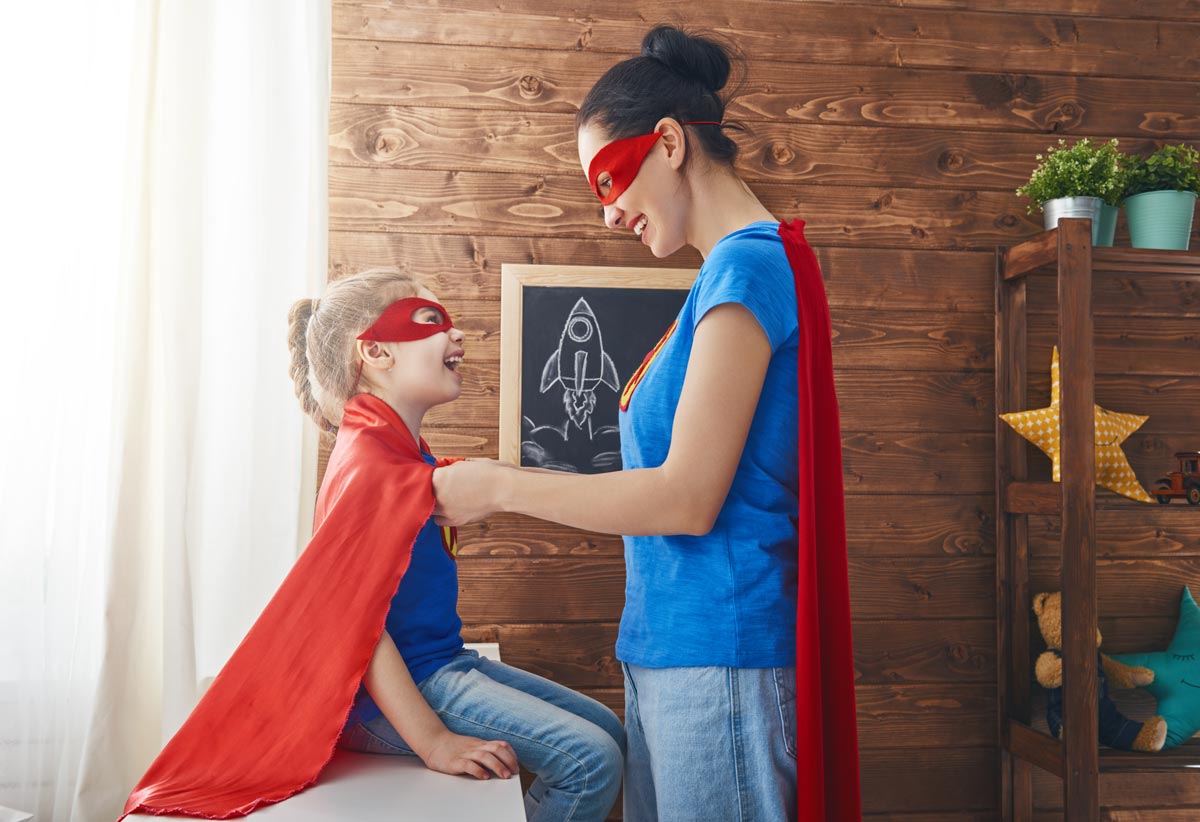
Our young infants find comfort as we satisfy their thirst and hunger. They want to feel love and experience belonging. Young children look to their parents and families to help them feel safe, secure and out of danger.
As our children grow, they begin to connect with others, become part of a group and want to feel accepted. Early in their lives, children want to master skills and be recognized for their achievements. All children have a great desire to learn and understand new situations and ideas. They want to look good and feel confident in their appearance. Early experiences help children to realize their strengths and to create dreams for the future.
When a child has a disability, their emotions and reactions may be more intense, their health may be more fragile, they may not communicate in a typical way, they may use a wheelchair to get around or they may not engage with those around them. Despite their uniqueness, children who have a disability are more similar to most children than they are different.
Every child has the same basic needs, wants and desires as any other.
When Eric was about 3 years old and Adam was almost five, we would often walk to the park. Adam loved it for he would climb, slide, swing and run around with other children. He was happy and it brought me joy to see him having fun. At the same time however, I felt pain and hurt, for there was nothing for Eric to do. Sure, I would scoop him into my arms and take him down the slide. He would smile and laugh and it made me happy to see him having fun. But, there was nothing else. The equipment wasn’t accessible and the set up didn’t promote a chance for him to interact with the other children. This wasn’t good enough for me. I wanted Eric to have a chance to enjoy a fun time at the park like his brother and the other children.
I decided to write a letter to the local government, explain my situation and ask if at minimum, an accessible swing could be installed at our local park. Within a week, I received a positive response and a swing was installed. Now Eric, and other children with a disability would have a chance to enjoy more independent play alongside children who were about the same age. A month later, I noticed similar swings had been installed in three other neighbourhood parks. Wow! I simply asked for something that would benefit my child and it helped others as well.
I learned that it was important to take the step and ask for what you want. The results may be even better than anticipated!
One of my all time favourite examples about inclusion is a family Christmas story. It happened about 15 years ago, when the children were about 8-10 years old. The adults were visiting in the family room when one of the cousins announced that they had created a Christmas play and that it was time for us to watch. The story was about Santa Claus and his journey on delivering gifts to the children of the world. The inspiring piece of the story is in the creative way that the children included Eric in the play. His wheelchair was Santa’s sleigh, Eric was Santa, a pillowcase filled with toys was tied to the back of his wheelchair, string was tied to the front part of the chair which was attached to four of the children who were the reindeer. “Ingenious!”, I thought. This could be shared as an idea for school plays and other similar activities.
Inclusion is inspired by family.
It doesn’t take long before we hear about inclusion for our children. Whether it be a fun activity, going to school, playing a sport or finding a job, inclusion means that everyone has the chance to be involved and contribute in all aspects of life. All children want an opportunity to participate. As parents, it is our responsibility to believe in our children and be open to the possibilities. Quite often, we are the catalyst to making it happen.
Anything is possible. Believe it and you will see it!
– Lisa







Get Social